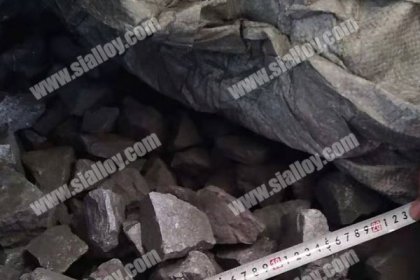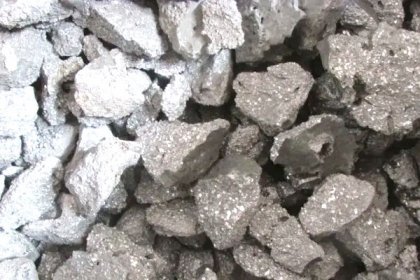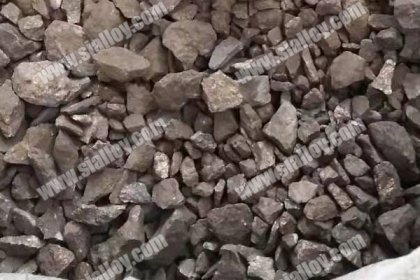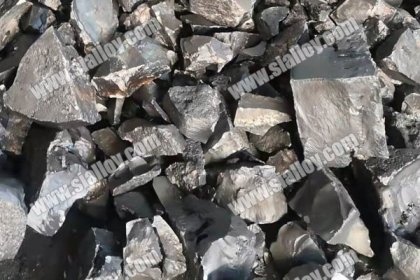Non-Metals Impurities in Steel
Non-metallic phases such as oxides, sulfides, nitrides and other non-metallic phases that are produced or mixed with steel grades during smelting and pouring and cannot be eliminated after processing or heat treatment and have no contact with the steel substrate are collectively called non-metals impurities , Referred to as Impurities. These impurities need to be removed using slag remover.
The non-metallic inclusions in steel are mainly compounds formed by metal elements such as iron, manganese, chromium, aluminum, titanium and oxygen, sulfur, nitrogen, etc. The oxides are mainly deoxidation products, including the primary deoxidation product that failed to float up and the deoxidation product formed by deoxidation reaction again during the solidification process of molten steel.
The presence of non-metallic inclusions destroys the continuity of the steel matrix, resulting in uneven steel structure, which will have a certain impact on various properties of steel, such as reducing the strength and toughness of steel. Non-metallic inclusions in steel also produce beneficial effects, such as controlling the size of grains, producing precipitation hardening, and improving cutting performance.
Non-metallic inclusions in steel mainly come from the following aspects:
1. Sundries brought by raw materials. Raw materials used in steelmaking, such as impurities in steel materials and ferroalloys, gangue in iron ore, and sediment on the surface of solid materials, etc., may become inclusions.
2. Reaction products during smelting and pouring. The molten steel is smelted in the furnace and the reaction products that have not been discharged remain in the molten steel to form inclusions.
3. Corrosion of refractory materials. Refractory materials for steelmaking contain oxides of magnesium, silicon, calcium, and aluminum. In the production process from smelting and tapping to pouring, the molten steel must be in contact with the refractory material to generate MgO inclusions.
In addition, if the furnace cover and steel trough are not cleaned during tapping and pouring, various dust particles may also mix in and form non-metallic inclusions.
 中文
中文




